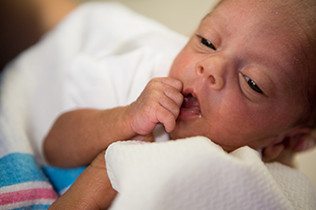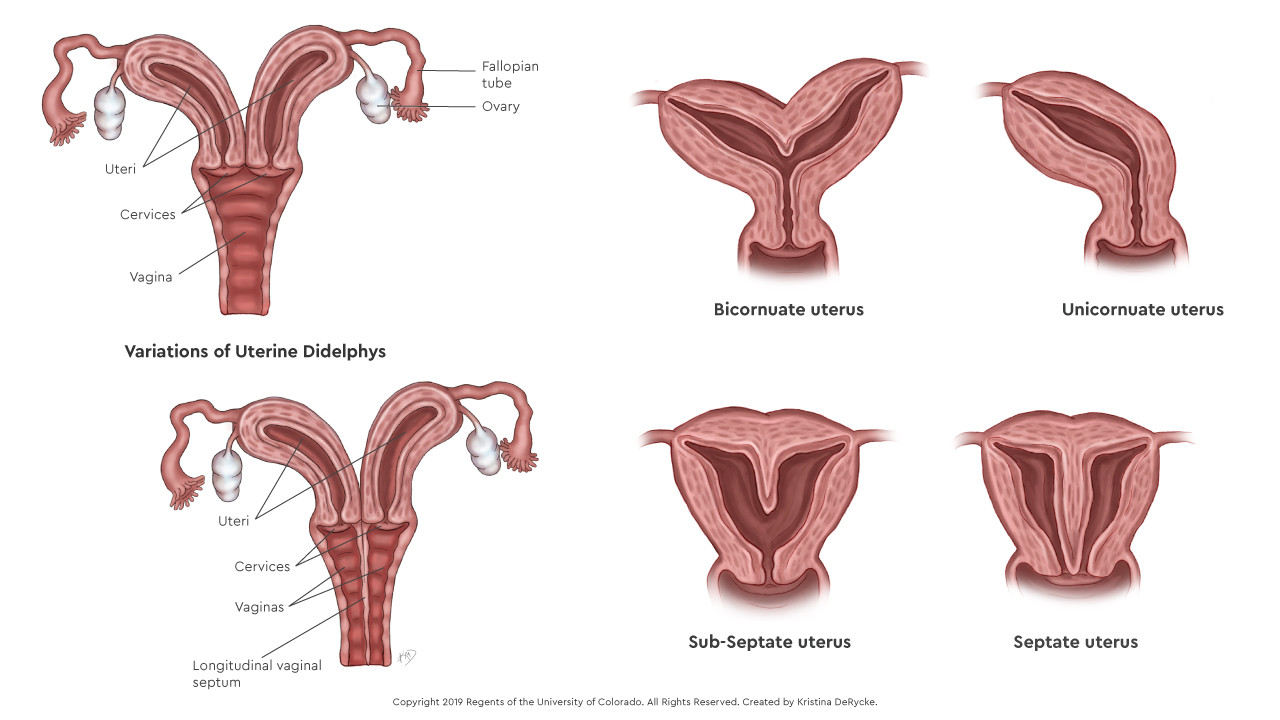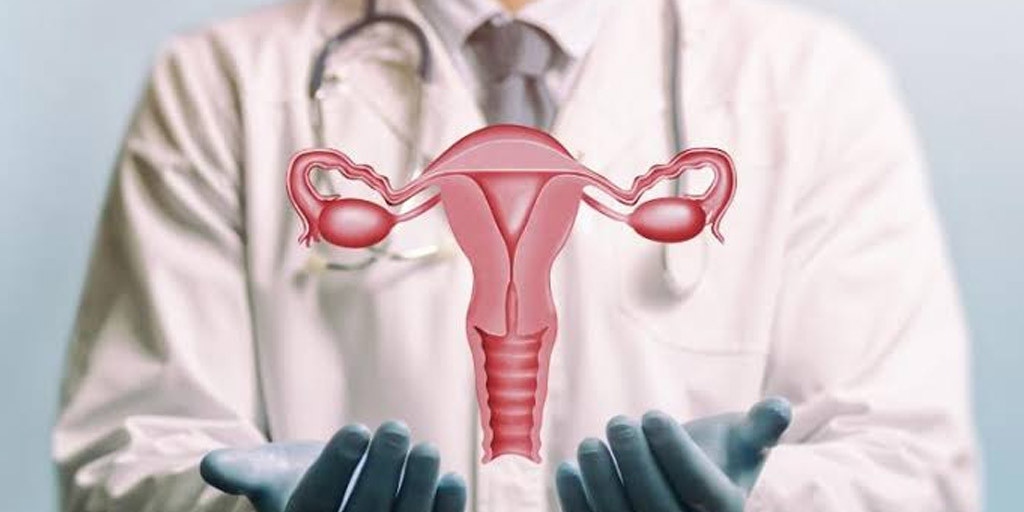Definition
Smith-Lemli-Opitz syndrome (SLOS) is a hereditary disorder that affects several regions of the body. The disease is also known as 7-dehydrocholesterol reductase enzyme deficiency, RSH syndrome, or SLO syndrome.
Mutations or genetic changes cause this condition, which impairs cholesterol production. Cholesterol helps newborns develop, build cells, and produce hormones. Additionally, SLOS causes harmful metabolic waste from cholesterol manufacturing to collect in the body. This can hinder a child's development. Thus, SLOS newborns may have intellectual, behavioral, body shape, facial, and organ problems. Some cases of this sickness may kill children.
The incidence of SLOS is estimated to be between 1 in 20,000 and 60,000 newborns. Populations with European ancestry, particularly in central Europe like Slovakia and the Czech Republic, frequently exhibit this trait. Thus far, there has been a lack of efficacious and enduring therapy for patients with SLOS.
Causes
A change or mutation in the DHCR7 gene, which is responsible for producing the 7-dehydrocholesterol reductase enzyme, is what causes this condition. The body produces cholesterol as a form of fat, and this enzyme is in charge of the final step in its production. Animal-derived foods, such as egg yolks, red meat, poultry, fish, and dairy products, also include cholesterol.
Cholesterol is a chemical required for embryonic development and plays a key role in the formation of nerve cell sheaths (myelin) and cell membranes. Furthermore, cholesterol contributes to the creation of various hormones and chemicals required by the digestive system.
When the DHCR7 gene changes, it can lower the activity of the enzyme 7-dehydrocholesterol reductase, which stops cells from making cholesterol again. Insufficient presence of this enzyme can also result in the accumulation of harmful metabolic byproducts generated during cholesterol synthesis in the bloodstream, nervous system, and other bodily tissues.
The accumulation of other substances combined with low cholesterol levels in the body may impede the growth and development of numerous bodily tissue systems. The precise mechanism by which these activities can result in SLOS symptoms is still unknown, though.
Autosomal recessive genetic diseases like SLOS are passed down from generation to generation when either parent carries a defective copy of the DHCR7 gene. They carry the sickness on to their offspring since each of their genes is double-mutated.
Read more about total cholesterol checks here.
Risk factor
The risk that a child will develop SLOS is increased if one copy of the mutated DHCR7 gene is present in each parent or if a family member has a documented history of SLOS. This disease is also prevalent among individuals of Central European descent.
SLOS can have an equal impact on both men and women in terms of gender. In addition, the age factor does not have any impact on SLOS.
Symptoms
The following SLOS symptoms require attention:
- Unconsciousness
- Respiratory failure
- Hearing loss
- Vision loss,
- Vomit
- Difficulty drinking due to imperfect reflexes
- Failure to grow
- Constipation
- Cyanosis, often known as blue-body
- There may be a connection between some fingers or toes, or there may be extra fingers.
- Congestive heart failure
- Photosensitivity, often known as light sensitivity,
Since most people with SLOS also have autism, intellectual disability and other symptoms can coexist with neuropsychiatric problems, often known as nerve and psychiatric disorders. As a developmental disease, autism can cause individuals to act, talk, interact, and learn in ways that are typically different from the norm.
Diagnosis
Due to the rarity of SLOS, a medical interview, physical examination, and additional tests will be ordered to establish the diagnosis.
The doctor will talk extensively to the parents about their child's concerns and symptoms. There will also be questions regarding the mother's medical history, including her pregnancies and deliveries.
Next, the physician will conduct a thorough physical examination. At SLOS, a physical examination is performed by closely observing the patient's vital signs. Symptoms that may manifest in patients with SLOS include:
- A small stature relative to one's weight
- Distinct from a typical infant cry
- Microcephaly, or a smaller-than-average head circumference
- Jaw narrowing, also known as micrognathia
- Ptosis, also known as eyelid closure
- Oblique or crossed eyes
- The eye's epicanthal folds
- Cleft lip
- Shortness of breath
- When using a stethoscope, one can detect cardiac murmurs.
- The sexual organs are not functioning normally.
In addition, additional diagnostic procedures are performed to validate the diagnosis. Additional assessments that may be conducted comprise genetic analysis and a blood test for cholesterol measurement. Additionally, fetal ultrasound examinations during pregnancy can aid in the prediction of a SLOS-affected birth. MRI and CT scans of the brain can additionally detect structural abnormalities within the brain, while ultrasound can detect abnormalities in the stomach's internal organs.
Management
There is currently no established treatment for SLOS. Supplementation with cholesterol to elevate plasma cholesterol levels in the blood is one potential treatment. The dosage is determined by the patient's condition and the outcomes of diagnostic procedures performed by the doctor.
Patients diagnosed with SLOS may potentially require hormonal supplementation in addition to cholesterol supplementation. Food can also be administered via alternative means, given that a significant proportion of patients with SLOS encounter difficulties during the feeding process. Additionally, individuals with SLOS should avoid sun exposure
Surgery may also be performed in response to the manifestation of symptoms. SLOS patients with symptoms indicative of congenital cardiac defects, for instance, may require surgical intervention to relieve their symptoms. Additionally, early surgical intervention is recommended for the treatment of cleft lips and an excessive number of digits to achieve more favorable outcomes in the future.
Complications
Carbohydrate levels are essential for the correct functioning of every cell in the body. Low cholesterol levels in SLOS patients may therefore have an impact on numerous body organs. Numerous patients with SLOS also suffer from life-threatening conditions, including congenital cardiac disease and brain abnormalities.
Conversely, survivors of SLOS may develop liver dysfunction, kidney disease, disorders of the adrenal glands located above the kidneys, seizures, or failure to thrive.
Prevention
Regular pregnancy examinations can assist in detecting any potential abnormalities in the developing fetus. By conducting a pregnancy check, it is possible to visualize the fetus's morphology via ultrasound, thereby reducing the risk of SLOS. Additionally, investigating the familial predisposition to diseases can assist guardians in identifying the potential health hazards they may impart to their children.
Although specific preventive measures for SLOS are not known, it is still recommended that pregnant women embrace a healthy lifestyle. This includes maintaining adequate sleep, minimizing stress, consuming nutritionally balanced foods, engaging in sufficient physical activity, and supplementing with folic acid and other nutrients prescribed by their obstetrician.
When to see a doctor?
Early detection and treatment are critical in the management of SLOS disease. Pregnant women may benefit from regular prenatal examinations at the physician, particularly those with a familial predisposition to genetic disorders like SLOS.
Looking for more information about other diseases? Click here!
- dr Hanifa Rahma
Medline Plus - Smith-Lemli-Opitz syndrome (2020). From https://medlineplus.gov/genetics/condition/smith-lemli-opitz-syndrome/#inheritance. [Accessed January 28, 2023]
Medscape - Smith - Lemli - Opitz Syndrome (2021). From https://emedicine.medscape.com/article/949125-overview. [Accessed January 28, 2023]
Myriad - Smith-Lemli-Opitz syndrome (2020).From https://myriad.com/womens-health/diseases/smith-lemli-opitz-syndrome/. [Accessed January 28, 2023]












